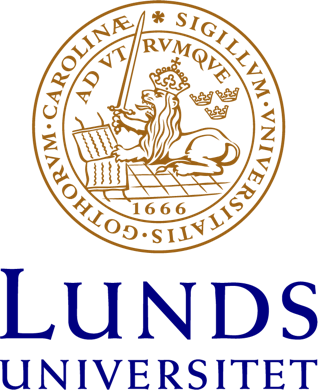2022.02.14 - New publication in Nature Communications
2022.02.14 - New publication in Nature Communications | Division of Chemical Physics Search Division of Chemical Physics Department of Chemistry | Faculty of Science Department of Chemistry Kemicentrum Safety and security About Research Education People Publications Open Positions Home > News > News Archive > 2022.02.14 - New publication in Nature Communications Denna sida på svenska This pa
